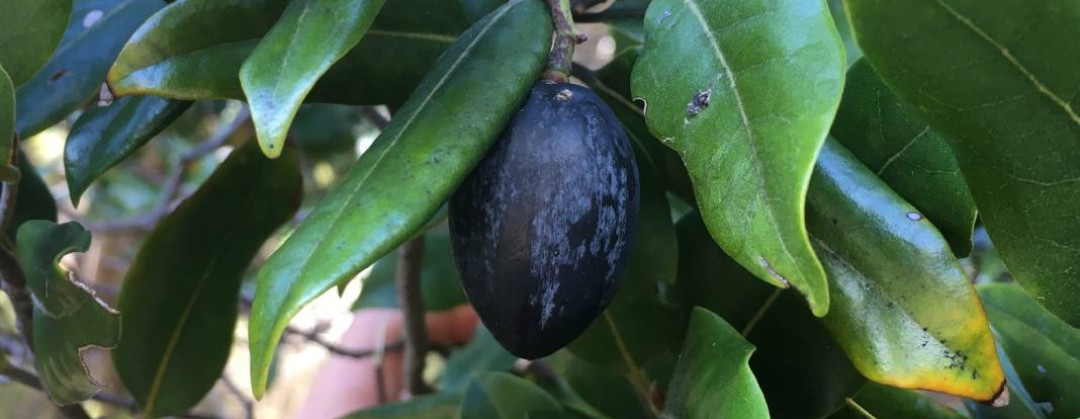Moderate seed viability. Long time frame found between sowing to germination. Uncertainty around long-term storage.
Beilschmiedia tawa Tawa

This guide is based on a literature review. It compiles information from various sources. Different sources may offer varying advice and findings.
Hard.
Found widespread in the North Island within lowland and mid-altitude forests. Found only in the extreme north of the South Island.(1)
61% of seeds are viable.(6)
Relatively tolerant to various conditions but does not tolerate poor drainage.(1)
Possums may destroy the crown of immature trees.(3)
Seed viability, germination, seed storage, and vegetative propagation need further investigation.
Information about the native seed profiles
All species names are in the following order: scientific name, common name, and Māori name. Names may vary by region. We have tried to use the most common names across New Zealand.
We have sourced photos from different websites and creators. We have used the images under different licences. These include Public Domain and Creative Commons licenses. For Beilschmiedia tawa, the image details are:
- Photo by (c) Jack Warden – some rights reserved (CC BY-NC)
- Original image
The basis for each seed profile is a literature review carried out by Scion. Te Uru Rākau – New Zealand Forest Service commissioned and worked on the review to produce a native seed catalogue. The full seed catalogue is on the Ministry for Primary Industries (MPI) website.
References
Entrican, A R; Hinds, H V; Reid, J S (1957) Forest trees and timbers of New Zealand. New Zealand Forest Service Bulletin No. 12. R. E. Owen, Government Printer; Wellington, New Zealand
Wyse, S V; Carlin, T F; Etherington, T R; Faruk, A; Dickie, J B; Bellingham, P J (2024) Can seed banking assist in conserving the highly endemic New Zealand indigenous flora? Pacific Conservation Biology 30, PC23029.
Knowles, B; Beveridge A E (1982) Biological flora of New Zealand Beilschmiedia tawa (A. Cunn.) Benth. et Hook. F. ex Kirk (Lauraceae) Tawa. New Zealand Journal of Botany 20(1), 37–54.
Metcalf, L J (1995) The propagation of New Zealand native plants. Godwit; Auckland, New Zealand.
Burrows, C J (1997) Reproductive ecology of New Zealand forests: 2. Germination behaviour of seeds in varied conditions. New Zealand Natural Sciences 23, 53–69.
Morales, N S (2015) Factors affecting recruitment of Beilschmiedia tawa in northern New Zealand. New Zealand Journal of Botany 53(4), 231–240.
Olsen, M; Millner, J; Ries, T; Douglas, B (2024) Native afforestation: Review of germination. MPI Te Uru Rākau – New Zealand Forest Service Technical Paper No: 2024/03.
Overdyck, E; Clarkson, B D; Laughlin, D C; Gemmill, C E C (2013) Testing broadcast seeding methods to restore urban forests in the presence of seed predators. Restoration Ecology 21, 763–769.